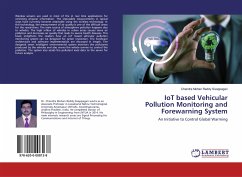Extra-vehicular activity (EVA) is work done by an astronaut away from the Earth, and outside of a spacecraft. The term most commonly applies to an EVA made outside a craft orbiting Earth (a spacewalk), but also applies to an EVA made on the surface of the Moon (a moonwalk). In the later lunar landing missions (Apollo 15, 16, and 17) the command module pilot (CMP) did an EVA to retrieve film canisters on the return trip; he was assisted by the lunar module pilot (LMP) who remained at the open CM hatch. These trans-Earth EVAs were the only spacewalks ever conducted in deep space. Due to the different designs of the early spacecraft, the American and Soviet space programs also define an EVA differently. Russians define an EVA as occurring when a cosmonaut is in a vacuum. An American EVA begins when the astronaut switches the Extravehicular Mobility Unit (EMU) to battery power. A "Stand-up" EVA (SEVA) is where the astronaut does not fully exit a spacecraft, but is completely reliant on the spacesuit for environmental support. Its name derives from the astronaut "standing up" in the open hatch, usually to film or assist a spacewalking astronaut.







